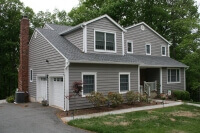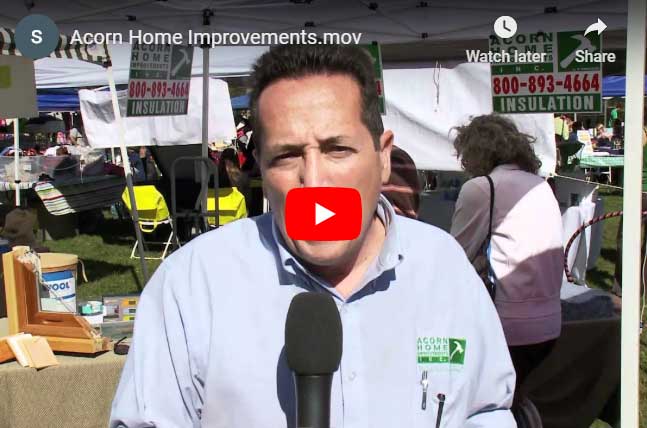As the cold season approaches, homeowners are focusing on keeping their homes warm and comfortable. Heating systems and home insulation typically receive most of the attention, while attic ventilation is often overlooked despite its crucial role during winter. Understanding the importance of this component can protect your home from damage and ensure a pleasant living environment through the colder months. Continue reading to learn more about the benefits of proper attic ventilation.

The Function of Attic Ventilation
Attic ventilation is vital for maintaining a balance between air intake and exhaust, ensuring that moist, warm air from inside your home can escape and fresh, cold air from outside can circulate. This balance is essential to prevent a range of issues that can affect both the structure of your home and the health of its inhabitants.
Risks of Inadequate Ventilation
Lack of proper ventilation in the attic during winter can lead to moisture accumulation. This moisture, without a proper escape route, condenses on the undersides of the roof decking and framing, leading to potential warping, rot, and weakening of these structures. It creates an ideal environment for mold and mildew growth, posing health risks and attracting pests. Furthermore, inadequate ventilation can contribute to ice dam formation, where melted snow refreezes at the roof’s edge. This causes water to back up under shingles, potentially leading to leaks and damage.
Different Types of Vents
Each of these vent types has a specific role in maintaining proper attic ventilation.
Ridge Vents: Ridge vents run along the peak of a roof, allowing warm, moist air to escape from the attic. They are typically camouflaged with roofing materials, making them less noticeable while effectively performing their function.
Soffit Vents (Under Eave Vents): These vents are installed under the eaves of the roof, ensuring the intake of fresh, cold air into the attic. They are critical to maintaining airflow that pushes warm air out through the ridge or other exhaust vents.
Rafter Vents (Baffle Vents): Installed where the attic floor meets the roof line, rafter vents ensure that insulation does not block soffit vents. They promote a continuous flow of fresh air into the attic from the soffit vents.
It’s crucial to ensure your attic ventilation is up to par, especially if you’re planning a roof or siding installation project. Neglecting this aspect can reduce the effectiveness of your new roof or siding. It can also lead to expensive repairs and uncomfortable living conditions.
What Can Homeowners Do?
To keep your attic properly ventilated, regularly perform the following measures:
- Check and maintain the balance between intake and exhaust ventilation to ensure a continuous flow of air.
- Inspect vents for blockages or damage and repair or replace as necessary.
- Never cover attic vents in winter. It might seem an intuitive way to keep heat in, but it disrupts ventilation and leads to moisture issues.
- Consult professionals, especially if you’re planning for siding or roof replacement. They can assess your attic ventilation system and recommend improvements or necessary changes.
Acorn Home Improvements, Inc. will make sure your attic ventilation is designed specifically for your home. Count on us for customized solutions and quality workmanship. Call us at (973) 386-9604 or fill out our contact form to schedule a consultation.























